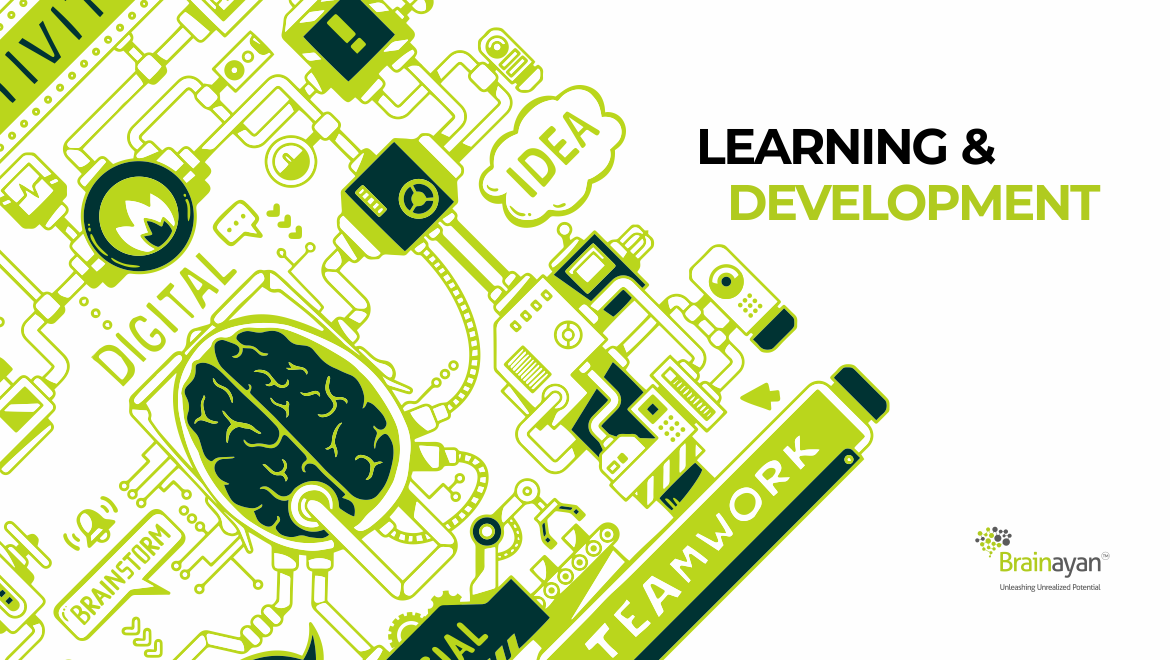What is Learning and Development?
Learning and development (L&D) refers to the programs and initiatives aimed at improving the knowledge, skills, and performance of employees within an organization. The goal is to align the development of the individual employee with the goals and objectives of the organization, ultimately contributing to its overall success. This can involve both personal and professional development, with the goal of improving one’s abilities, performance, and overall well-being. L&D is not limited to a particular setting or environment. Generally, it is divided in two categories:
- Employee Learning and Development
A method of enhancing business results by creating educational programs that advance employee growth and retention.
- Leadership Learning and Development
The process of developing employees to managers and/or enhancing the skills, knowledge, and abilities of managers to become effective leaders through on-going improvement.
Usually, training/learning and development practices are driven by the organisation’s Human Resource Development functions. Effective learning and development programs are designed to meet the specific needs of the organization and its employees and can involve a variety of initiatives like new hire orientations, onboarding, continuous training and career development, leadership development programs, mentoring, coaching, performance management, and so on. These programs should be relevant to the needs of the individual and the organization, actively engage the learners, and have measurable outcomes and evaluation mechanisms. Effectiveness of job training has a significant impact on an employee’s productivity while working at their current position. They feel instantly committed to the company if they feel well-trained.
Benefits of L&D training
Learning and Development can involve both personal and professional development, with the goal of improving one’s abilities, performance, and overall well-being. Specific benefits of L&D Strategies include:
- Increased job satisfaction
- Better retention of employees
- Increased productivity
- Reduced micromanagement
- Competitive advantage
- Improves job engagement and commitment
- Adds to organisation’s reputation
- Creates a valuable and hard-to-imitate workforce
- Builds efficacy
- Helps in learning as well as unlearning skills
What can employees as individuals do?
Individuals can also take an active role in their own learning and development by building a:
- Growth mindset
- Networking and seeking out mentors
- Staying current with industry trends and developments
- Seeking feedback and reflecting on their own strengths and areas for improvement
Training Methods
Even though people frequently forget what they have learned in the absence of consistent reinforcement, traditional L&D programmes typically included many days of classroom instruction without any follow-up sessions.
A few other L&D interventions also include fieldwork, pre and post classroom learning, social learning, on-the-job coaching, workshops. L&D leaders are now responsible for creating and executing strategies that promote informal education through methods such as coaching, mentoring, hands-on experience, shadowing leaders, digital learning resources that can be accessed at any time, and lunch-and-learn sessions.
Many L&D functions embrace a framework known as “70:20:10,” in which 70 percent of learnings experiential, 20 percent is informal through interaction and collaboration, and 10 percent through formal-learning interventions such as classroom training and digital curricula.
In the current era of digitalization, just offering formal training programs is not enough for L&D professionals. They must also facilitate and promote informal learning opportunities throughout the organization. For L&D to successfully drive the digital transformation of the entire organization, they themselves must embrace digitalization and become proficient in delivering learning services in a digital environment. This requires them to actively embrace and understand the potential of digital transformation.
Highly successful companies actively empower self-directed learning and equip their L&D teams to effectively manage and drive change. This results in improved quality in areas such as products, services, and customer support, leading to increased sales and profits by promoting understanding of how to enhance operations, functions, offerings, customer service before and after sales, and reducing expenses.

